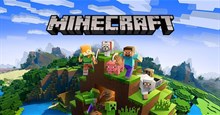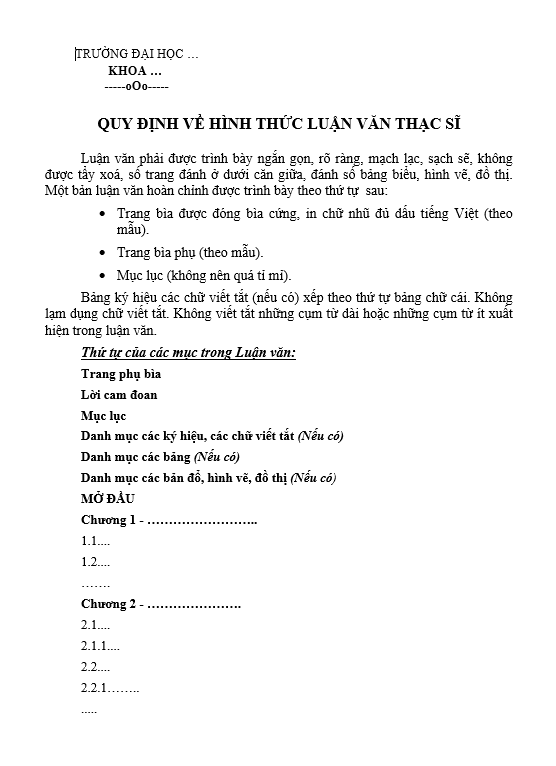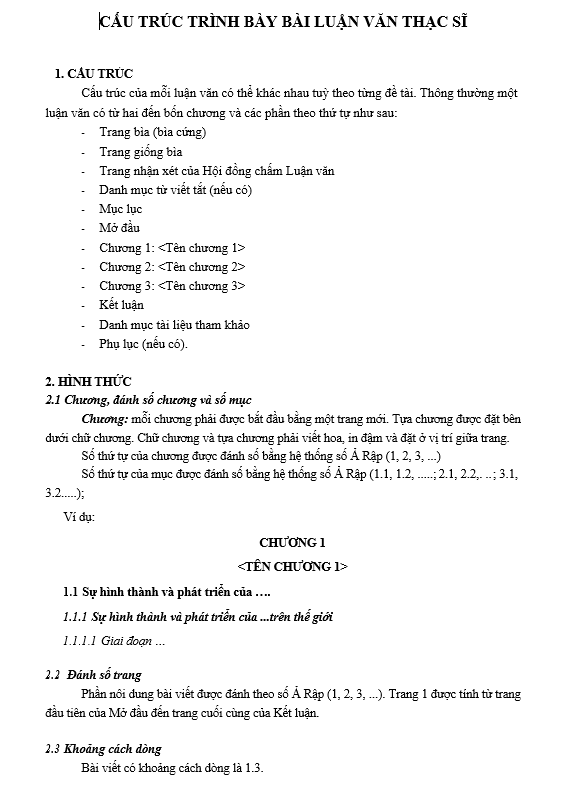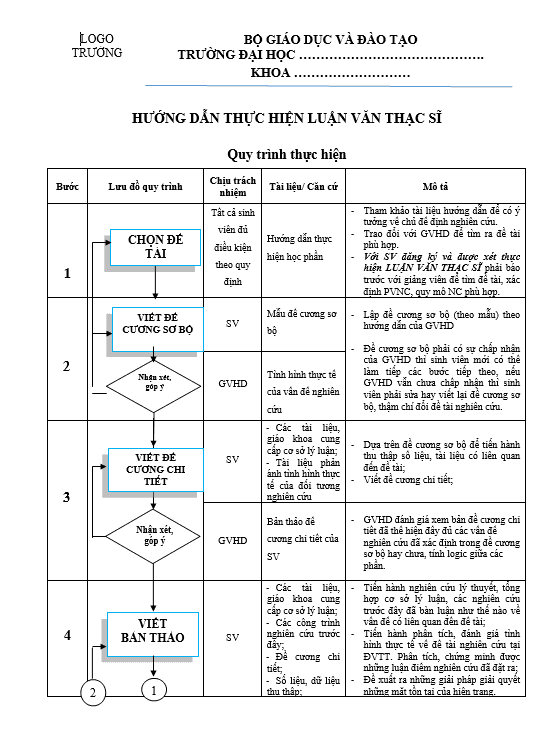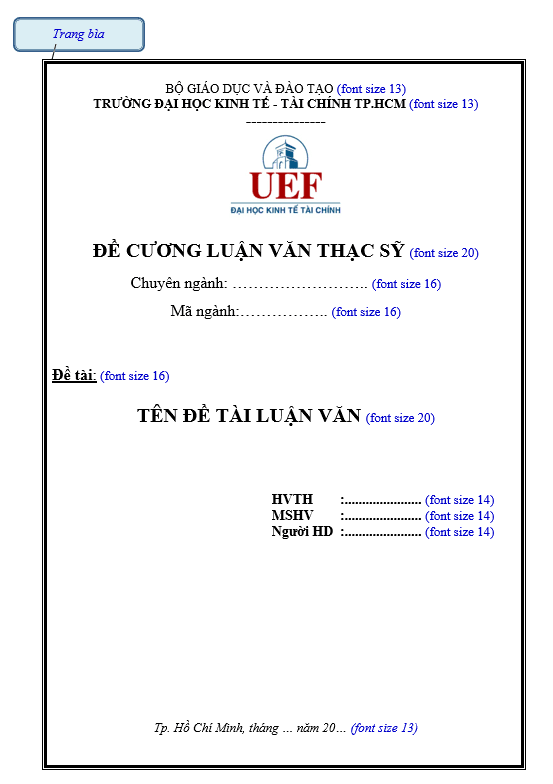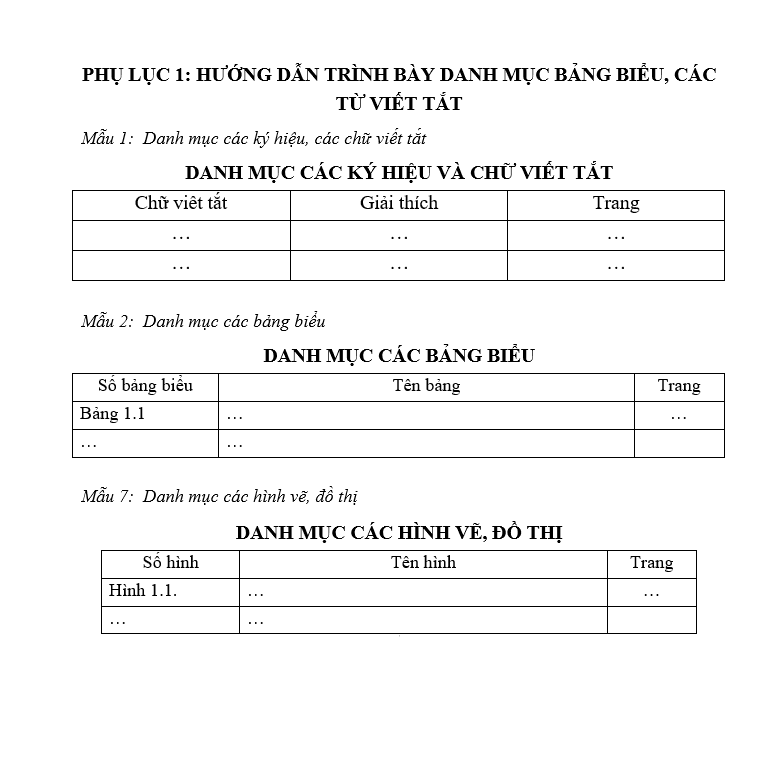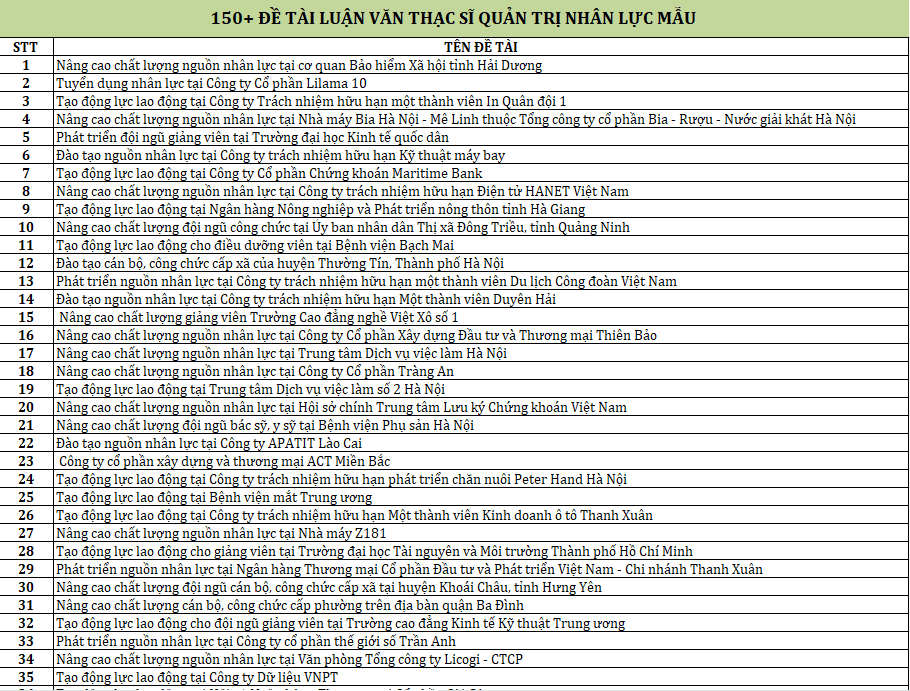Table of Contents
List of figures and tables ………………………………………………………………………………………………….. 7
Abstract …………………………………………………………………………………………………………………………. 9
Chapter 1 ……………………………………………………………………………………………………………………… 10
Introduction ………………………………………………………………………………………………………………….. 10
1.1) Types of outsourcing ………………………………………………………………………………………… 10
a) BPO (Business Process Outsourcing ……………………………………………………………….. 10
1.2) Reasons for Outsourcing ……………………………………………………………………………………… 11
a) Financial aspects of the outsourcing ………………………………………………………………… 12
b) Access to the Technological advancements ……………………………………………………… 12
c) Could focus on Core competency ……………………………………………………………………. 12
d) Access to the global talent ……………………………………………………………………………… 13
1.3) Background of the study ………………………………………………………………………………………. 13
1.4) Rationale of the study ………………………………………………………………………………………….. 13
1.5) Organizational back ground ………………………………………………………………………………….. 13
1.6) Scope of the study……………………………………………………………………………………………….. 14
1.7) Aim of the study ………………………………………………………………………………………………… 14
1.8) SPECIFIC OBJECTIVES…………………………………………………………………………………….. 14
1.9) Description about the operational terms …………………………………………………………………. 15
1.10) Structure of dissertation ……………………………………………………………………………………… 15
2.1) Characteristics of an effective literature review ………………………………………………………….. 17
2.2) Meaning and scope of outsourcing ……………………………………………………………………………. 17
2.2 .1 Definitions of outsourcing …………………………………………………………………………………. 18
2.2.2) Background of outsourcing ……………………………………………………………………………….. 20
2.2.3) Factors Leading to Outsourcing …………………………………………………………………………. 20
2.2.6) Core Competence and Outsourcing ……………………………………………………………………. 25
2.3) Theoretical underpinning of current outsourcing research ………………………………………… 26
2.3.1) Theoretical frame work …………………………………………………………………………………….. 26
2.3.3) Person environment fit theory ……………………………………………………………………………. 27
2.4) ROLE OF CULTURE ON OUTSOURCING …………………………………………………………. 27
2.5)Employees’ attitudes towards outsourcing ………………………………………………………………. 28
2.6) Role of outsourcing in creates or increases stress, anxiety and inter-personal conflicts in
employees. ……………………………………………………………………………………………………………….. 31
2.7) Role of outsourcing in Change Management Process of the organization ………………….. 32
2.8) Outsourcing affects the safe keeping of official secrets and technical knowhow. ………… 33
CHAPTER 3 ………………………………………………………………………………………………………………… 35
RESEARCH METHODOLOGY…………………………………………………………………………………….. 35
3.1) Introduction …………………………………………………………………………………………………………… 35
3.2) Research Process ……………………………………………………………………………………………………. 35
3.3) Research Onion………………………………………………………………………………………………………. 35
3.3a) Research Philosophy ………………………………………………………………………………………….. 36
i) Positivism ……………………………………………………………………………………………………….. 37
ii)Realism ……………………………………………………………………………………………………………… 37
iii) Interpretivism …………………………………………………………………………………………………… 37
iv) Pragmatism ………………………………………………………………………………………………………. 38
v) Chosen philosophy …………………………………………………………………………………………….. 38
3.3b) Research approach …………………………………………………………………………………………….. 38
i)Deductive approach ……………………………………………………………………………………………… 38
ii)Inductive approach ……………………………………………………………………………………………… 38
iii) Adopted approach for the study ………………………………………………………………………….. 39
3.3c) Research strategy ……………………………………………………………………………………………… 39
i) Action research:……………………………………………………………………………………………….. 40
ii) Experimental Research: …………………………………………………………………………………. 40
iii) Survey: ………………………………………………………………………………………………………… 40
iv) Case study: …………………………………………………………………………………………………… 40
v) Grounded theory: ………………………………………………………………………………………….. 41
vi) Ethnography…………………………………………………………………………………………………. 41
vii) Archival research strategy: …………………………………………………………………………….. 41
viii) Chosen strategy …………………………………………………………………………………………. 41
3.3d) Research choice ………………………………………………………………………………………………… 42
i) Mono method ………………………………………………………………………………………………….. 42
ii) Multiple method …………………………………………………………………………………………… 42
iii) Mixed method ………………………………………………………………………………………………. 42
3.3e) Time horizon …………………………………………………………………………………………………….. 42
3.3f) Data collection and analysis technique …………………………………………………………………. 43
3.3g) Type of data ……………………………………………………………………………………………………… 43
i) Primary data……………………………………………………………………………………………………….. 43
ii) Secondary data ……………………………………………………………………………………………… 43
i) Observation …………………………………………………………………………………………………….. 44
ii) Interview ……………………………………………………………………………………………………… 44
iii) Questionnaire method ……………………………………………………………………………………….. 44
iv) Focus group discussion………………………………………………………………………………………. 45
v) Method chosen for the study ……………………………………………………………………………….. 45
3.3i) Research Ethics …………………………………………………………………………………………………. 45
3.3. j) Data analysis and interpretation …………………………………………………………………………. 46
3.3k) Research Limitations …………………………………………………………………………………………. 46
Chapter 4 ……………………………………………………………………………………………………………………… 47
Data Analysis / Findings ………………………………………………………………………………………………… 47
Chapter 5 ……………………………………………………………………………………………………………………… 66
Discussion and Conclusion …………………………………………………………………………………………….. 66
5.1) Conclusion and Recommendation …………………………………………………………………………….. 78
Chapter 6 ……………………………………………………………………………………………………………………… 80
Reflection …………………………………………………………………………………………………………………….. 80
Reference …………………………………………………………………………………………………………………….. 83
Appendix ……………………………………………………………………………………………………………………… 88
Questionnaire ……………………………………………………………………………………………………………….. 88






